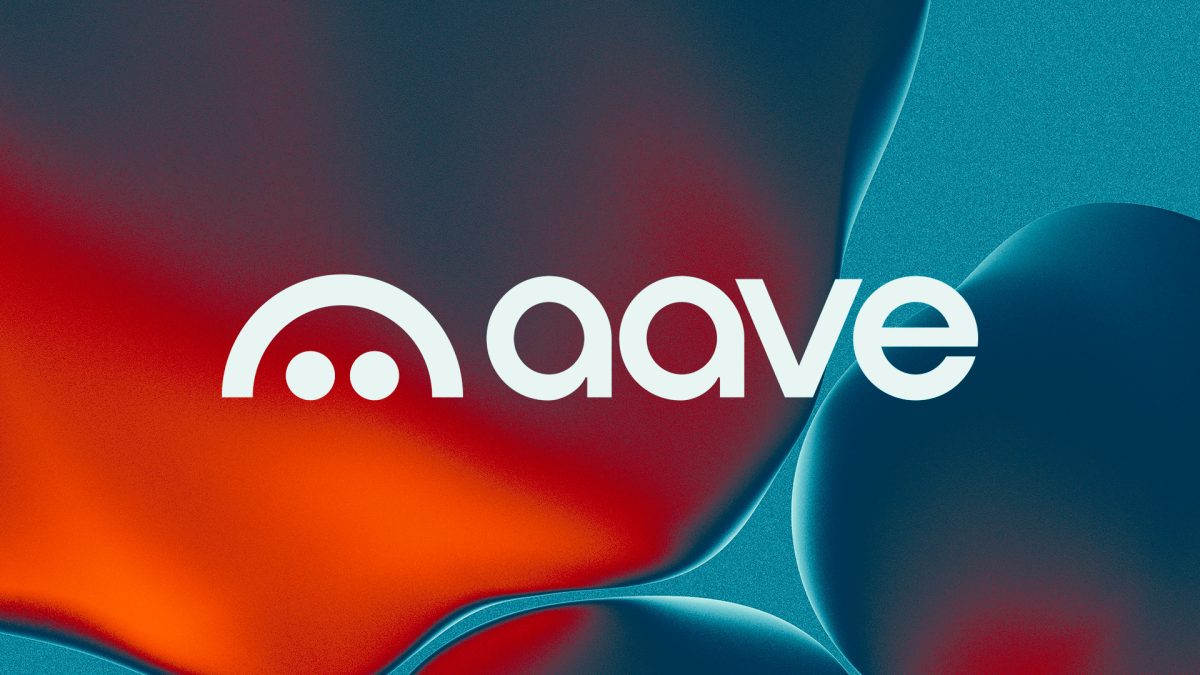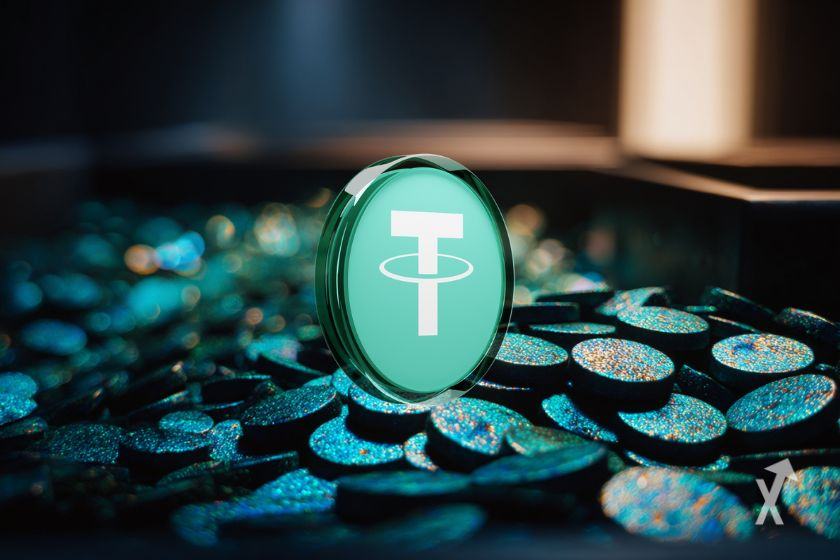Aave DAO proposes $50 million annual token buyback program funded by protocol revenue
Quick Take ACI, the Aave Chan Initiative, founded by Marc Zeller, has proposed a $50 million annual AAVE buyback program funded by protocol revenue. The plan would make Aave’s buybacks a permanent feature, reinforcing “Aavenomics” and adding consistent buy pressure on the token.

Aave DAO is weighing a proposal from the Aave Chan Initiative (ACI) — the DAO’s key service provider founded by Marc Zeller — to establish a $50 million annual AAVE token buyback program in a push to formalize the protocol’s existing buyback efforts.
Published on Wednesday, the plan outlines a strategy to embed buybacks as a permanent mechanism funded by Aave’s protocol revenue. The initiative aims to sustain long-term token value, optimize treasury reserves, and create consistent buy pressure for AAVE.
“With the expiry of the existing buyback initiative, and the strong success of the program, we think it is an opportune time to enshrine a buyback program to further enhance Aavenomics,” the proposal stated, citing the success of Aave’s prior buyback campaign and the protocol’s strong revenue growth.
Under the plan, Aave’s Finance Committee (AFC) and TokenLogic would jointly execute the buybacks, purchasing between $250,000 and $1.75 million worth of AAVE weekly. Furthermore, the proposal allows for flexibility in adjusting based on market conditions and available protocol revenue. The ACI’s pitch also empowers the AFC to leverage BTC and ETH reserves for future growth initiatives, including collateralized debt creation and yield-bearing conversions.
Decentralized finance has experienced a broader wave of buyback activity across major protocols as they reintroduce capital efficiency and token value capture into their designs.
A recent report from The Block Research found that Aave and Uniswap have led a DeFi fee rebound to $600 million, with projects like Pump.fun and Raydium adopting similar token buyback frameworks too.
Aave has remained one of the sector’s strongest performers, recently surpassing $25 billion in outstanding loans while expanding into new institutional lending avenues. Recently, DeFi’s largest lender launched Horizon , a platform for stablecoin borrowing against tokenized real-world assets and its first non-EVM deployment on Aptos. Aave is also starting to integrate Maple Finance’s yield-bearing assets as a new type of collateral.
As of this month, Aave ranks second among DeFi protocols in monthly fees, according to The Block’s data dashboard. AAVE prices were down over 3% in the last 24 hours amid a general market downturn.
Disclaimer: The content of this article solely reflects the author's opinion and does not represent the platform in any capacity. This article is not intended to serve as a reference for making investment decisions.
You may also like
Three things that must happen for Bitcoin to avoid bear market
A $500 billion valuation giant is emerging
With a valuation comparable to OpenAI and surpassing SpaceX and ByteDance, Tether has attracted significant attention.

Prediction markets meet Tinder: Can you place bets on Warden's new product by simply swiping left or right?
No need for chart analysis, macro research, or even inputting the amount of funds.

Why does bitcoin only rise when the U.S. government reopens?
The US government shutdown has entered its 36th day, leading to a decline in global financial markets. The shutdown has prevented funds from being released from the Treasury General Account (TGA), draining market liquidity and triggering a liquidity crisis. Interbank lending rates have soared, while default rates on commercial real estate and auto loans have risen, increasing systemic risk. The market is divided over future trends: pessimists believe the liquidity shock will persist, while optimists expect a liquidity release after the shutdown ends. Summary generated by Mars AI. The accuracy and completeness of this summary are still being improved as the Mars AI model is updated.

